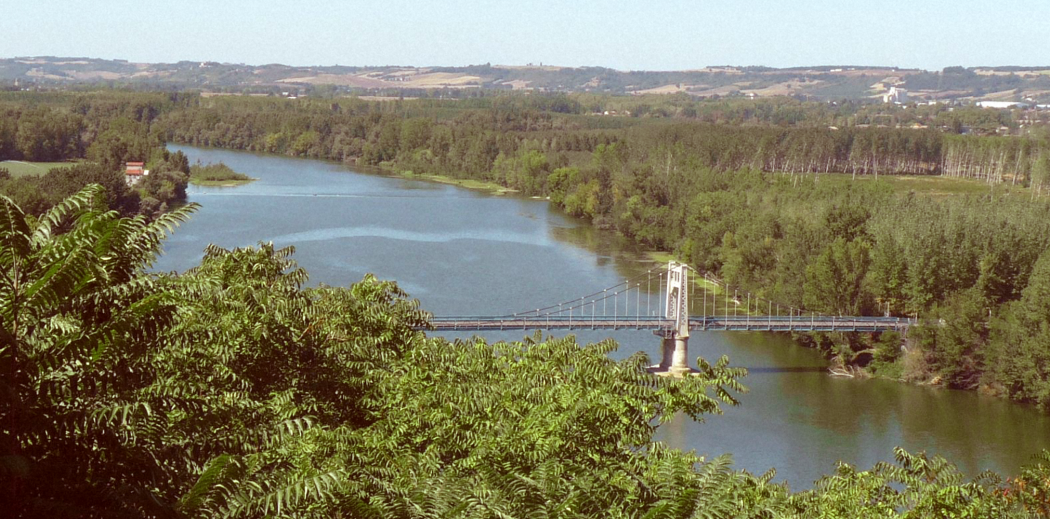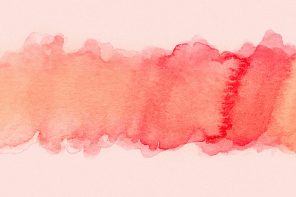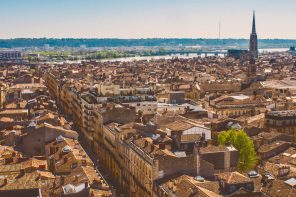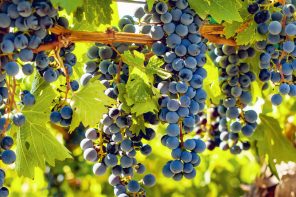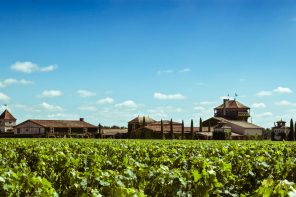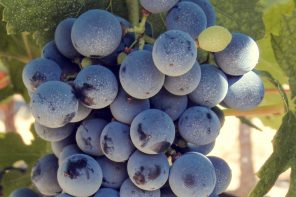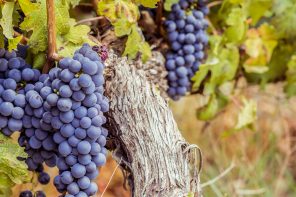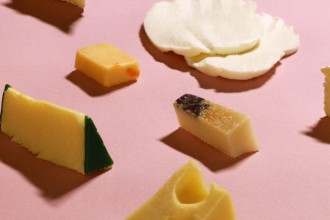Bordeaux wines want to intimidate the oenophile in you: they’re steeped in history (you have them to thank for blending grape varieties!), there are laws surrounding them (only ten grape varietals can be used for wines labeled “Bordeaux”), and they’re nuanced in everything from their terroir to the price tags. Don’t worry if your intro to Bordeaux education seems a little daunting. Beginning to grasp the area’s complexities can best be approached by understanding one basic distinction: the Left Bank versus the Right Bank.
The Gironde Estuary, a major waterway flowing from the Atlantic Ocean and splitting into the Garonne and Dordogne rivers, intersects Bordeaux, creating the two infamous banks that differ in terroir and grape varietals. Facing west to the Atlantic, the Right Bank will be north of the Dordogne and Gironde, while the Left is south of the Garonne and Gironde.
Before getting into the nitty-gritty, two of the most important things to remember about Bordeaux wines is that they’re primarily blends of Merlot and Cabernet Sauvignon (there are single-varietal exceptions, but they’re rare), and they’re not just red wines.
Right Bank
The Right Bank, or the Libournais region, primarily bears Merlot plants, along with a hefty dose of Cab Franc and smaller quantities of Cabernet Sauvignon, Malbec and Petite Verdot. Like the Left Bank, this area is generally flat and marked by limestone soil. The Pomerol is an exception: tons of gravel from one of the Dordogne’s tributaries have given birth to an area with clay deposits and sands rich in iron, lending it fuller tannins than might be present in other Libournais wines. Generally, what you’ll find in the Right Bank wine is softer, fruitier flavors that make for bottles you don’t have to wait to start drinking.
The chateaux here will be on smaller plots of land, occupying 30 hectares (about 74 acres) at the most, and large chateaux will be rare; even rarer will they be marked by a sign. In the Pomerol, for instance, houses are situated within the vineyards, rather than within a village. Don’t be fooled by the modest appearances. Some of the most expensive wine in France can be found at estates sitting on less than three hectares.
Places to know: Petrus, Cheval Blanc, Le Pin, St. Emilion
Left Bank
Split into the Médoc and Graves regions, the Left Bank is mostly planted with Cabernet Sauvignon grapes, although Cab Franc, Petite Verdot, Malbec, and Merlot will also make appearances. The plants still grow in limestone, but their roots have to work through a gravelly topsoil to get to the soil below — the more a vine works for its nutrients, the more personality it has, meaning these will be more complex and more tannic than their Right Bank counterparts. Since the Left Bank is also home to some of the oldest vines in Bordeaux, the wine will age better, and many might prefer them after two or three decades.
In the Left Bank, the Pessac-Léognan appellation produces some of France’s greatest white wines. Pessac-Léognan, which also grows red grapes, allows for white varietals because of cooler terroir from nearby forest land.
Today, only about 10 percent of Bordeaux wines are white (compared to 50 percent in the 1950s – you can thank a crippling frost around that time for the change). The four main grapes are Semillon, Sauvignon Blanc, Muscadelle, and Sauvignon Gris, with the former two being the main players in both the dry and sweet whites. Expect these bottles to possess lots of character and age well, and if you’re feeling really indulgent, seek out some Sauternes, a sweet white dessert wine with a golden hue.
Aesthetically, the Left Bank is going to offer the castle-like chateaux you see on the wines’ labels. While all of the Cru Bourgeois estates are located here, there are also numerous unknown growers and wine cooperatives.
Places to know: Chateaux Margaux, Lafite, Mouton Rothschild

